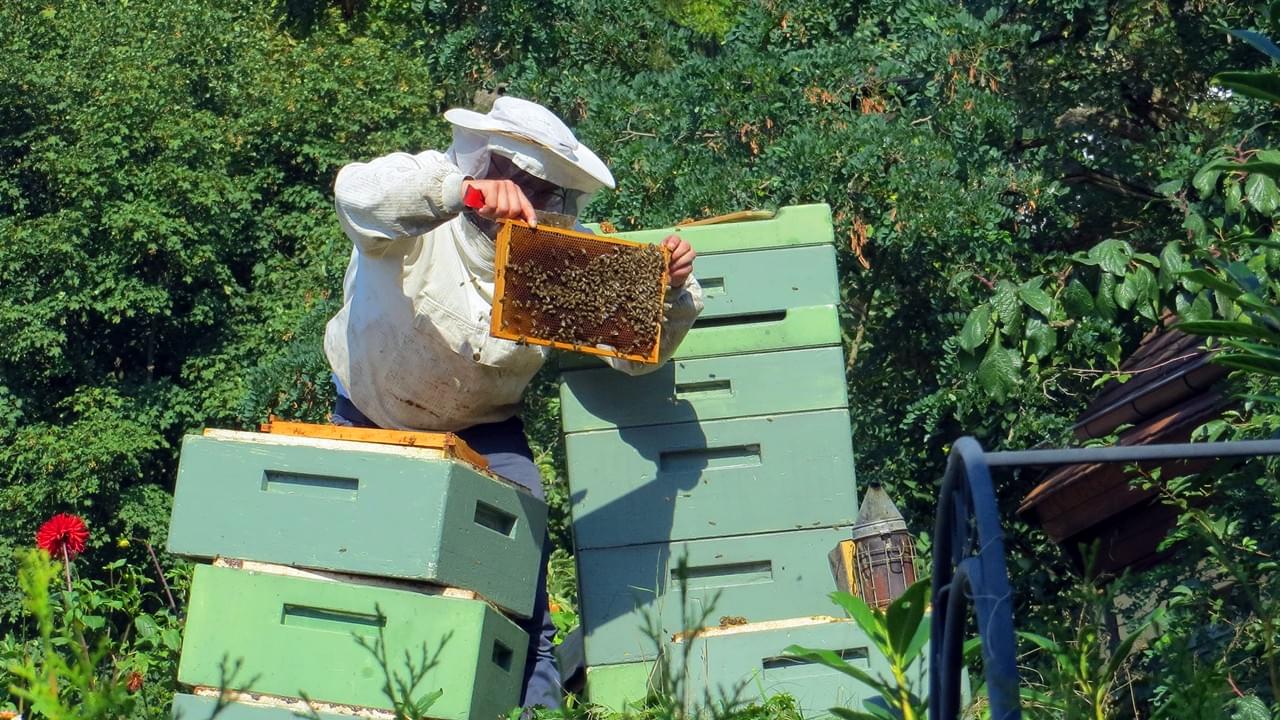Beekeeping is both an art and a science, and choosing the right bee breed is crucial for success. The right breed can enhance honey production, improve colony health, and adapt to local conditions. This guide will help you select the perfect bee breed for your apiary.
Table of Contents
Toggle1. Choosing Based on Local Environment:
The bee breed you choose should be well-suited to your local climate and available nectar sources. For instance:
- Mountainous Regions: Due to natural limitations, native bees (Apis cerana) are typically the best choice. They are well-adapted to the local environment and require less management.
- Southern Climates: Warm climates with long frost-free periods are ideal for breeds like Italian bees (Apis mellifera ligustica), which are heat-tolerant but less cold-hardy.
- Northern Climates: In colder regions, breeds like Carniolan bees (Apis mellifera carnica) are preferred for their cold tolerance and ability to thrive in harsher conditions.
2. Choosing Based on Breeding Goals:
Your breeding goals will also influence your choice of bee breed. Consider the following:
- Honey Production: If your primary goal is honey production, choose breeds with strong foraging abilities and efficient use of resources. Carniolan or hybrid bees like the Buckfast bee are excellent choices.
- Royal Jelly Production: For royal jelly production, select breeds known for their high royal jelly output, such as certain strains of Italian bees.
- Dual Purpose: If you aim to produce both honey and royal jelly, look for high-yield breeds that excel in both areas.
3. Key Factors for Rapid Colony Development:
To help your colonies grow strong, consider the following factors:
- Nectar and Pollen Availability: Ensure there is an ample supply of nectar and pollen to support brood rearing.
- Climate: A favorable climate can accelerate colony development. Bees thrive in stable temperatures and moderate humidity.
- Initial Colony Strength: Start with a strong colony to ensure rapid growth. A colony with 2-3 frames of bees is a good starting point.
4. Breeding High-Quality Bees:
Breeding high-quality bees involves careful selection and management:
- Selection Methods: Once you’ve chosen the breed, refine your selection within that breed. Look for bees with desirable traits such as strong foraging, disease resistance, and good temperament.
- Assessment of Individual Colonies: Standardize colony conditions and management practices to fairly compare colonies. Observe and select colonies that excel in your desired traits, such as rapid brood production or high honey yield.
- Further Refinement: After initial selection, further refine your choices based on specific characteristics like color, size, and external features. This helps in maintaining a consistent breed standard.
5. Determining the Right Breed:
To determine the right breed, consider multiple factors:
- Adaptability: Choose a breed that can adapt to your local environment and management practices.
- Productivity: Select a breed known for high productivity in honey, royal jelly, or both.
- Disease Resistance: Opt for breeds with known resistance to common bee diseases and parasites.
Choosing the right bee breed is a critical step in successful beekeeping. By considering local conditions, breeding goals, and colony management, you can select a breed that will thrive in your apiary. Whether you’re a hobbyist or a professional beekeeper, the right breed can make all the difference in achieving your beekeeping objectives.

